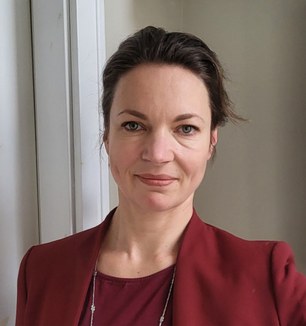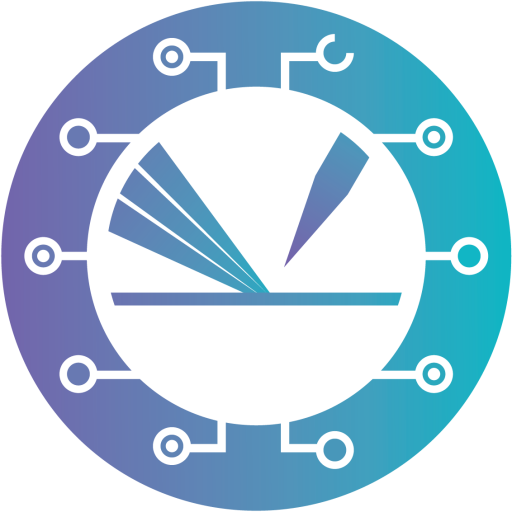Julia Stähler
electron dynamiX group, Department of Chemistry
Humboldt-University Berlin, Germany
Monday, 04th March 2024, 17:00 s.t.
The talk will be given in hybrid mode.
You can join at:
Lecture Room, 5th floor
TU Wien, Library Building
Resselgasse 2, 1060 Vienna
Or you can join the zoom meeting:
https://tuwien.zoom.us/j/92739417554?pwd=MlFkNjJxUjFkUUhPaUJmZ0ZnMjVOZz09
Meeting ID: 927 3941 7554 Passcode: X74b82XE

Right on Time: Ultrafast Charge Separation before Hybrid Exciton Formation
Inorganic/organic hybrid systems offer great technological potential for novel solar cell design due to the combination of high charge carrier mobilities in the inorganic semiconductor with the chemical tuneability of organic chromophore absorption properties. However, the truth is that some inorganic semiconductors work much better than others – despite very similar or even more promising material properties. One example is ZnO, which exhibits all necessary ingredients for a successful application in light-harvesting. Yet, it was clearly outpaced by TiO2 in terms of charge separation efficiency, and the physical origin of this deficiency is still under debate.
In my talk, I will firstly show in how far ZnO is special, with particular focus on its susceptibility to defects and how these can significantly alter the transition metal oxide’s surface electronic structure: Depending on defect concentration and optical excitation strength, it may undergo a semiconductor-to-metal phase transition on ultrafast and metastable timescales. [1,2] Secondly, I will focus on how charge separation is hindered at ZnO-organic hybrid interfaces: Using a combination of femtosecond time-resolved photoelectron spectroscopy with many-body ab initio calculations, we are able to demonstrate that optical excitation of a chromophore is followed by (1) ultrafast electron transfer into the ZnO bulk (350 fs), (2) electron relaxation, and (3) delayed (100 ps) recapture of the electrons at a 1 nm distance from the interface in (4) a strongly bound (0.7 eV) hybrid exciton state with a lifetime exceeding 5 μs that is analysed by taking into account pump-probe delay-dependent photostationary population dynamics. [3] By this, we identify and quantify all elementary steps leading to the suppression of charge separation at organic-ZnO interfaces. Our key finding, however, which is the substantially delayed hybrid exciton formation, opens up a sufficiently large time window for counter-measures with the potential to finally successfully implement ZnO in light-harvesting or optoelectronic devices without significant efficiency losses.
Finally, this work shows that interfacial trapping and hybrid exciton formation are not as straightforward, in-evitable processes as commonly discussed, but can be disturbed on ultrafast timescales. If interfacial electron (re-)capture can be inhibited, previously excluded materials for solar cell design, not just ZnO, should be revisited.
Bio of Julia Stähler
TBA
